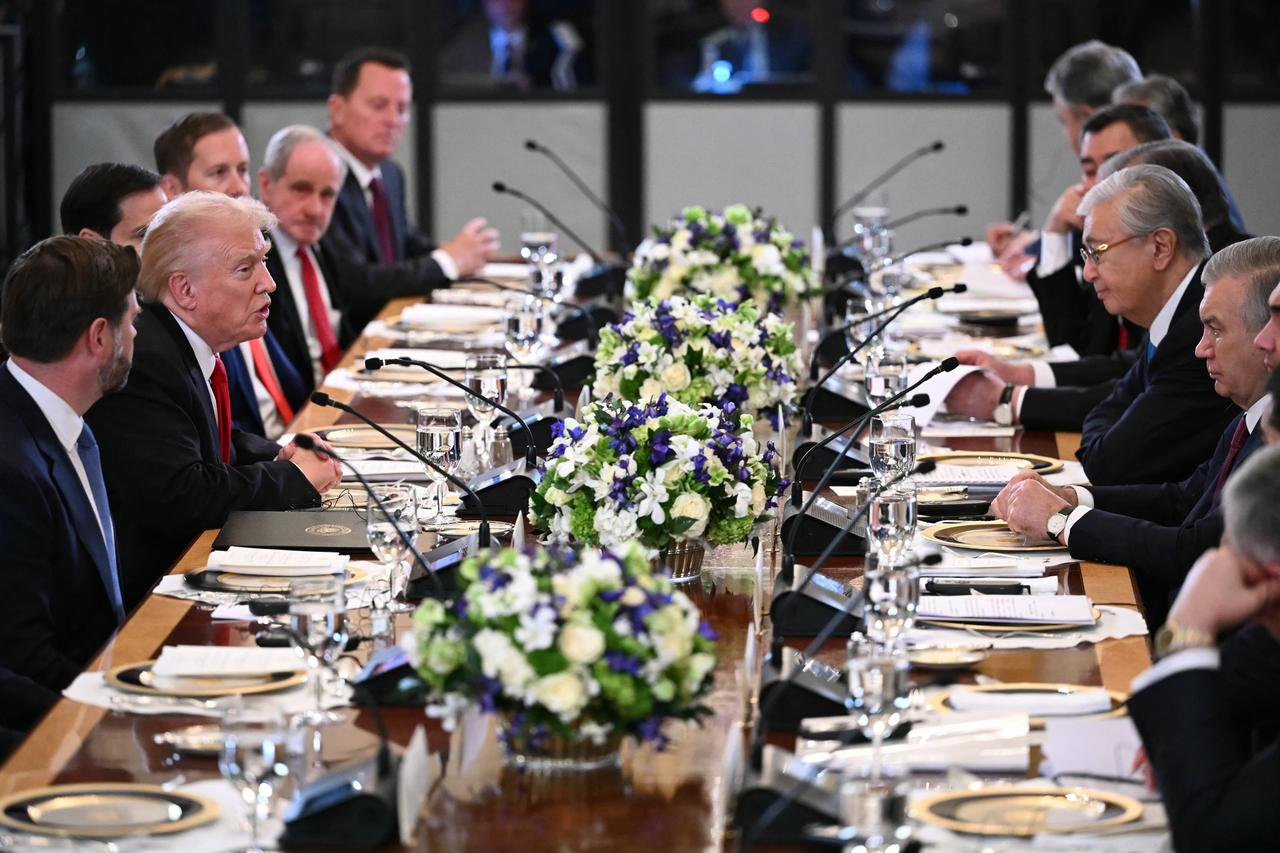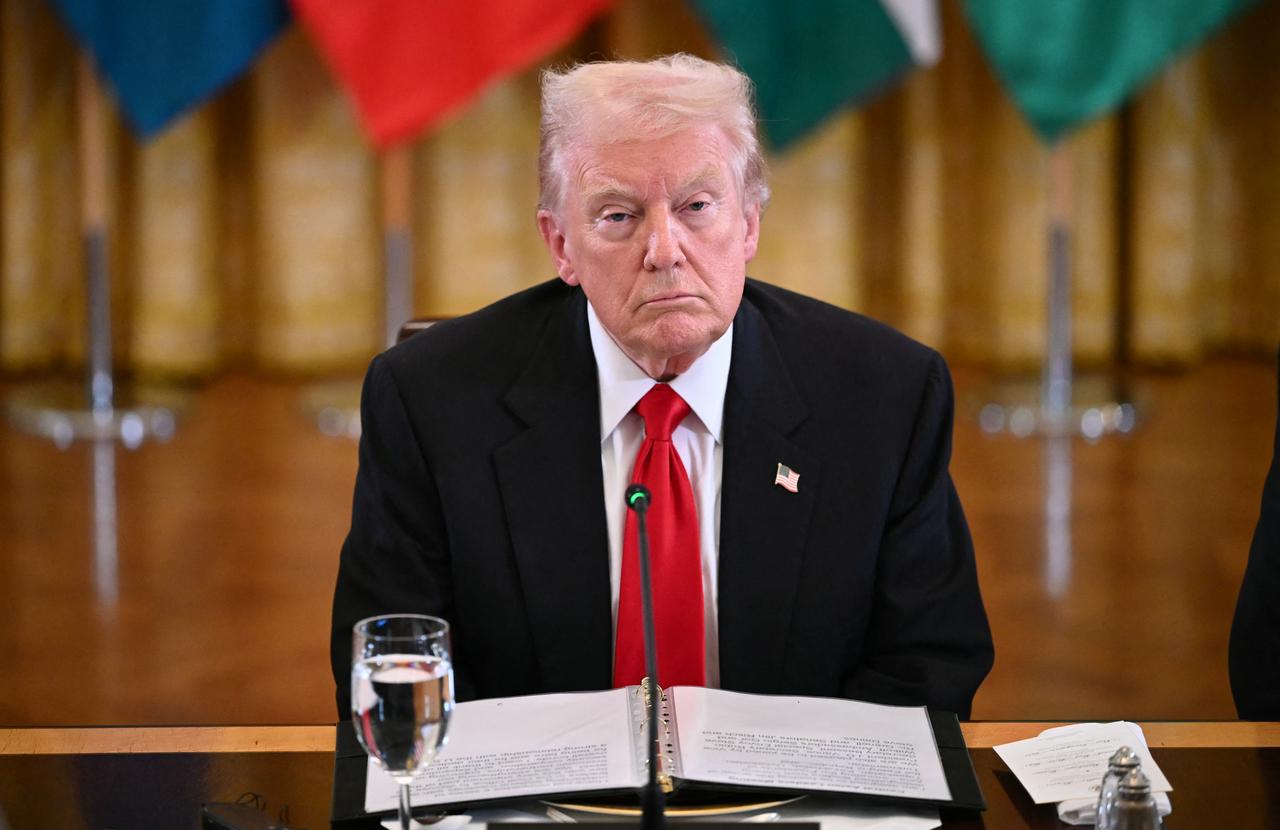
The C5+1 summit held in Washington on Nov. 6 symbolized the United States' return to the Eurasian centre, which it had long neglected.
President Donald Trump's hosting of the leaders of Kazakhstan, Kyrgyzstan, Tajikistan, Turkmenistan and Uzbekistan at the White House signals the beginning of a new strategic initiative on both the economic and geopolitical fronts.
While the summit focused on “critical minerals,” it appears that the U.S. is devising a new balancing policy against China and Russia through these resources. At the same time, Kazakhstan's participation in the Abraham Accords is an indication that Washington wants to extend this diplomatic line to Central Asia.
The Trump administration's emphasis on “critical minerals diplomacy” at the C5+1 Summit at the White House has become central to a new foreign policy approach that blends economic instruments with geopolitical objectives in the global power struggle.
This strategy represents Washington's efforts to regain influence in the Eurasian region, where China and Russia have established dominance, going beyond mere energy security or commercial interests.
China's approximately 70% share of global rare earth mining and 90% share of processing capacity has positioned Beijing as a “monopolized hub” in global supply chains. The demand for these elements in numerous strategic sectors, ranging from electric vehicles to the defence industry, microchips to renewable energy technologies, has made Central Asia a critical alternative for the U.S.
Consequently, Washington aims to reduce its economic dependence and create an alternative source map to production centres in Asia through high-volume agreements with countries such as Kazakhstan and Uzbekistan.
The $17 billion energy and mining cooperation agreement signed with Kazakhstan and the investment package whereby Uzbekistan will purchase $100 billion worth of goods from U.S sectors are concrete indicators of this strategy.
In particular, the $1.1 billion tungsten project in Kazakhstan reflects the desire to become part of the U.S. processing chain. Washington is thus attempting to reverse China's “economic encirclement” strategy by integrating mining and processing operations in the region with Western capital.
The current situation is turning Central Asia into the “new hub of global competition for rare elements” and giving the countries in the region both geo-economic and diplomatic weight. In the eyes of the U.S., rare elements are no longer just raw materials for industrial production; they are a strategic lever for energy transition, technological independence and competition between major powers.
The C5+1 platform, launched by the United States in 2015 under the leadership of then-Secretary of State John Kerry, was initially an initiative aimed at institutionalizing diplomatic dialogue with Central Asian countries. However, this format, which was reactivated by the Biden administration in 2023, has undergone a strategic rebirth, having been elevated to the level of leaders during the Trump era.
The 2025 summit held at the White House clearly demonstrates that this structure is no longer merely a consultative mechanism but has instead become a tool for the U.S. to build a new power architecture in Eurasia.
Washington is extending the C5+1 platform beyond the boundaries of traditional diplomatic dialogue, establishing multi-dimensional partnership networks with regional countries in areas such as energy security, critical minerals, artificial intelligence, the digital economy, and the defence industry. This approach signals a U.S. geoeconomic containment policy that does not rely on military presence but generates strategic influence.
Particularly due to the impact of the Russia-Ukraine War, the weakening of Moscow's presence in the region and China's increasing economic influence through its “One Belt, One Road” project have presented Washington with an opportunity to re-establish its role as a “balancing power”.
At this point, the C5+1 format serves as a geopolitical lever for the U.S. to limit the regional influence of Russia and China. Through this mechanism, the U.S. encourages Central Asian states to align with the West by offering direct investment, technology transfer and infrastructure support. This strategy also appeals to the region's countries' multilateral foreign policy approach, creating a pragmatic basis for cooperation that distances them from unipolar dependencies.
On the other hand, the C5+1 platform also presents significant opportunities for countries in the region. Central Asian states aim to accelerate infrastructure modernisation, energy diversification and digital transformation processes by attracting U.S. investment.
In particular, Turkmenistan's energy resources, Kazakhstan's uranium and rare earth element reserves, and Uzbekistan's technology investments are the focus of Washington's attention in this context. In this way, the U.S. contributes to Central Asia's economic development while also offering a more sustainable alternative to China's “debt trap” diplomacy.

The Trump administration's outreach to Central Asia demonstrates that the U.S. has moved from traditional security strategies to a new era based on geoeconomic tools in the global power struggle. This approach reflects not only the coordination of energy and mineral policies, but also Washington's efforts to build a new diplomatic front in Eurasia.
The White House's commitment to the C5+1 format at the leadership level clearly demonstrates the United States' intention to make its presence in the region permanent. In this context, Kazakhstan's formal accession to the Abraham Accords is part of Washington's vision to transform Central Asia not only into an economic partnership area but also into the northern extension of a Middle East-centred peace architecture.
The U.S. aims to establish a “moderate bloc” by extending the diplomatic ground it has established between Israel and the Arab world to Central Asia.
Another dimension of Washington's Eurasian vision is economic security and the restructuring of strategic supply chains. The Trump administration is positioning Central Asia as an “alternative production and energy corridor” with the aim of breaking China's production monopoly and reducing the influence Russia has established through energy dependency.
This policy is not limited to commercial agreements; it also extends to areas such as digital infrastructure, defence industry partnerships and the diversification of logistics routes along the Middle Corridor. In this way, the U.S. is integrating the countries of the region into a Western-centric economic system, thereby presenting a multi-faceted competitive model to counter China's Belt and Road Initiative.
This strategy can be regarded as a “new form of cold competition” conducted through economic, political and technological means rather than direct military intervention. This approach in Central Asia is central to the U.S. plan to transform Eurasia into a balancing ground against both China's land-based projects and Russia's energy-based influence.
In this context, “rare earth diplomacy” is not merely an economic move in Washington's global vision, but rather a cornerstone of its geostrategic containment strategy. Partnerships developed around critical minerals integrate regional countries into US capital while simultaneously establishing a long-term line of resistance against China's technological superiority.
In conclusion, Washington's move in Central Asia is a global-scale repositioning initiative. The U.S. is seeking to establish a “sustainable sphere of influence” in Eurasia across a broad spectrum, ranging from rare elements to diplomatic alliances.
The success of this vision will depend on the extent to which Central Asian countries can maintain their balancing policies and how consistently the U.S. can sustain its economic and diplomatic commitments. However, current trends clearly indicate that Washington has begun to define Eurasia as the new geopolitical axis of global competition.
About the author: Zeynep Gizem Ozpinar is a board member and foreign policy specialist at the Turkish Foreign Policy Research Center (TUDPAM).